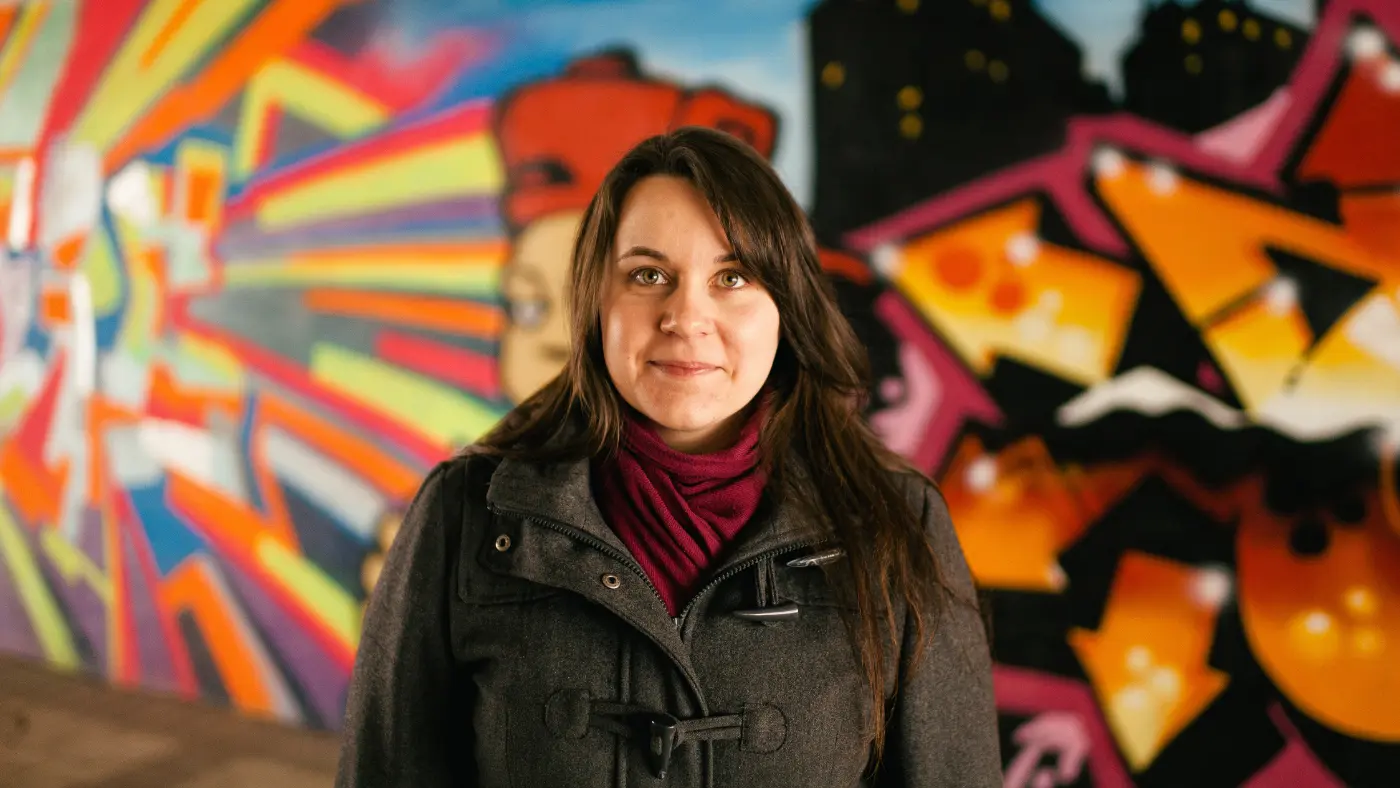
How Has the Packaging Design World Changed in 10 Years?
How has the packaging design world changed in the last ten years? Which material trends have gone down in history and what will drive the industry forward in the future? Dive into the story of our Packaging Designer Johanna Kotomäki!
How has the packaging world changed in the last ten years? Which material trends have gone down in history and what will drive the industry forward in the future? Dive into the story of our Packaging Designer Johanna Kotomäki below!
In autumn 2013, Johanna started her career as a Packaging Designer. At that time, Huld employed about 100 experts, the southernmost office was located in Myyrmäki, and lunch was served at the legendary Allun Grilli. Remote meetings were rare – the work focused on visiting customers and designing individual packages for products.
In a country recovering from the recession, the focus was firmly on cost-effectiveness: wooden packaging was replaced with plywood, while plywood was replaced with cardboard. In damper materials, polypropylene was replacing cheaper polystyrene due to its better mechanical properties. In turn, efforts were made to optimise the amount of cushioning needed to keep the price impact reasonable. The cardboard boxes were gleaming white, because it was important that the packaging reflected quality and purity.
At that time, environmental awareness was also beginning to emerge, but it still clashed with cost-effectiveness. The recycling of consumer plastic packaging was still at the testing stage these days, while the biodegradability of plastics was a growing trend. However, in the world of industrial packaging, biodegradable plastics were still a promise for the future. Suppliers had no idea when these innovations could arrive on the market.
Packaging Design in the Midst of Global Crises
Five years ago, the coronavirus shook the world in a way that no one was prepared for. Employees suddenly switched to remote work, learning a new way of working amid uncertainty at home and businesses alike. Widespread restrictions created a shortage of components, and news of layoffs was heard throughout the industry. At the same time, global production and traffic slowed down, which sent transportation costs skyrocketing. When demand for cargo recovered suddenly, it resulted in a global container shortage.
Packaging projects were also put on hold in many client companies as new product launches were shelved to await better times. New products were created more through software updates than by changing mechanics. In packaging design, the focus shifted to maintaining existing structures: solving quality problems and supporting production. With high transport costs, there was a growing focus on how optimising packaging could reduce freight costs. The design of package sizes that save cargo space became a key objective in several discussions.
As the world recovered from the pandemic, the next crisis occurred in Ukraine. The resulting trade restrictions completely cut off imports of Russian wood material, which caused availability challenges for plywood and raised the prices of wood and cardboard. Attempts were made to temporarily replace plywood with many solutions, such as a birch-poplar-eucalyptus combination. However, the choice most often leaned on familiar materials. Cardboard was used in lighter packaging, while heavier packaging switched back to full-wood solutions.
Towards Sustainable, Cost-Effective and Value-Communicating Packaging
What does packaging design look like today? The challenges in the availability of materials and containers have slowly eased, but costs have remained permanently high. Rising energy prices and tightening emission limits are putting pressure on transport costs. Environmental issues are now at the heart of companies’ strategies and EU decision-making, which is reflected in stricter regulation of packaging and packaging waste. The EU’s new PPWR (Packaging and Packaging Waste Regulation) sets the framework conditions for European packaging development in the coming years, guiding towards more sustainable solutions.
New product innovations are being introduced to respond to the current change in the packaging industry. 100% virgin oil-based plastics are giving way to recycled and bio-based plastics along with many new fibre-based packaging solutions. In addition to structures that can be folded from cardboard, moulded fibre familiar from egg cartons are once again gaining popularity. In addition to moulded fibre cushions made of recycled paper, products made of virgin fibre suitable for food use will be introduced. In addition, we expect fibre based foamed packaging materials, cut from wood sheets, to revolutionise the packaging cushioning market.
Companies now want their packaging to reflect their values: white cardboard boxes and plastic dampers are replaced by natural brown boxes and fibre based inserts. It is also important to minimise the amount of material so that the end user has less packaging waste for further processing. These changes are not only environmentally friendly, but also economically viable, which also provides a strong economic basis for sustainable development.
Ready to Take Your Packaging Design into the New Decade?
Huld’s packaging team continues to design sustainable packaging for individual products, but more and more projects are expanding into streamlining the customer’s entire packaging process. In recent years, we have carried out for example:
- Packaging surveys through the supply chain
- Eye-catching brand packaging
- Optimizing the package size of the product family
- Brand box renewals for all packaging of the company
- Business calculations supporting the customer’s manufacturing process.
Although there is a great deal of difference from what happened 10 years ago on a practical level, the basic principles have remained the same. We remain independent of suppliers and strive to act as if we are part of our customers’ own team. In this way, we can help companies – both Finnish and foreign – build a more sustainable packaging together.
Contact:
Johanna Kotomäki, johanna.kotomaki@huld.io, +358 40 827 8688